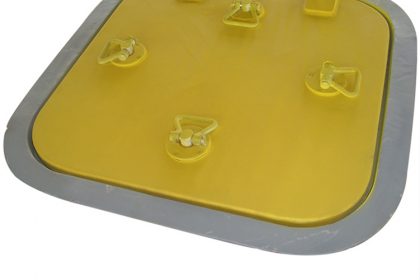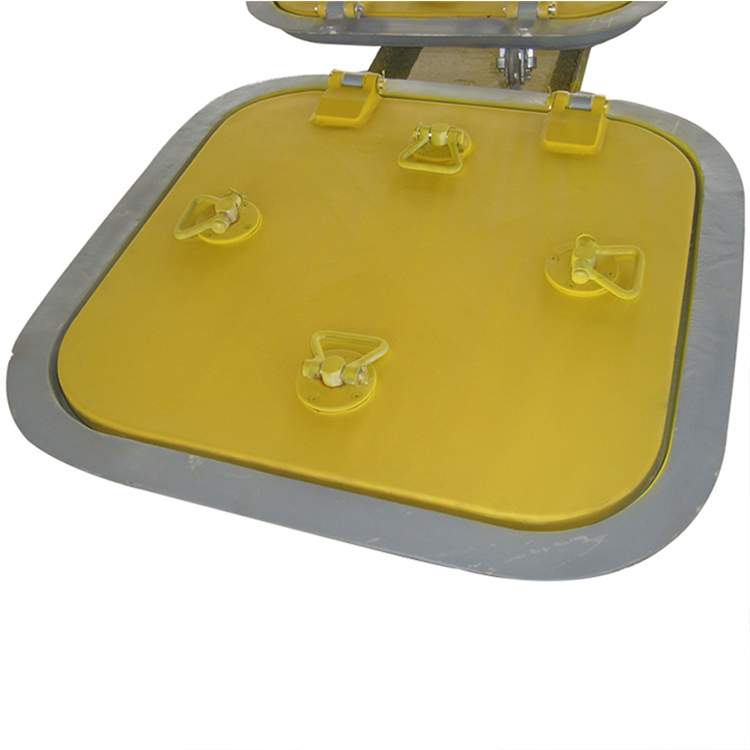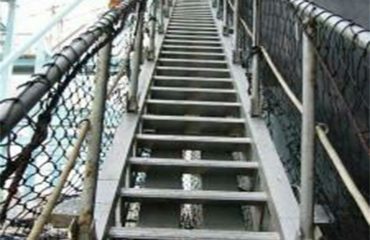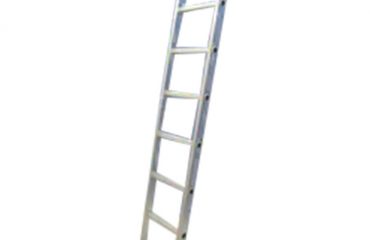

The ship cover, also known as the large Marine cover. The hatch cover installed on the cargo hold. The closed hatch has a larger scale. Therefore, it is often composed of several cabin cover plates assembled with a dedicated sealing device. It is the main shutdown equipment on Marine ships, requiring a reliable structure, fast opening and closing, convenient operation and maintenance, and a small storage position. When designing, the selection should be based on the characteristics of the ship, usage requirements, types of goods, loading methods, hatch layout characteristics, and specific conditions such as dock facilities. The ship cover is generally made of metal or wood.
According to the type and opening and closing method of the ship cover, there are two types: assembled hatch cover and mechanical ship cover. Assembly ship cover is a traditional type of Marine cover, which was used on cargo ships before the 1950s. In order to shorten the opening and closing time of Marine covers, improve loading and unloading efficiency, and strive to improve the mechanization of cargo Marine covers, modern ships have gradually developed wooden assembled Marine covers that are manually moved into various mechanical ship covers that are pulled by steel cables, single pull rolling ship covers, folding hinge ship covers, and hydraulic devices for opening and closing.
In recent years, some ship covers have also been developed on roll on/roll off ships, which serve as internal ramp gangways in horizontal cargo loading and unloading equipment, and lifting Marine covers, which also serve as cargo lifting platforms. According to the location and functional requirements, it can be divided into two types: outdoor deck hatch and intermediate deck hatch. The former not only needs to have a certain degree of tightness to resist wave impact and prevent rainwater from infiltrating the cabin, but also needs to withstand deck cargo loads such as containers and wood, and have sufficient strength; The latter generally does not require confidentiality, but must withstand the weight of goods and handling vehicles between decks, and must be level with the deck for loading and unloading operations.





